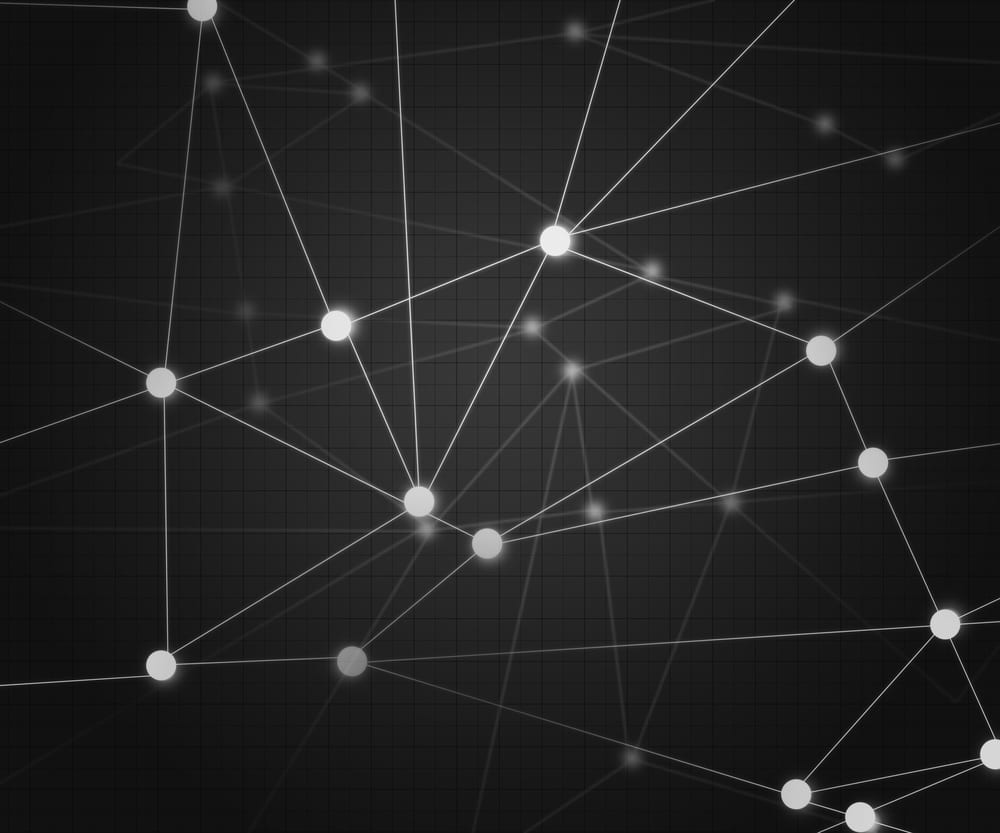As marketers we live and die by our data (or at least we should!). All decisions made are based on data.
For example, if we see that a large number of people are coming to our website via organic traffic for the term ‘facebook for b2b’ we know that topic is of huge interest to our visitors, and that if we wrote more blog posts on Facebook for B2B, or released an ebook entitled Successfully Using Facebook For B2B Marketing, that we would boost traffic even further. So, data is important.
Most analytics programs, whether Google Analytics or your own CMS analytics, will give you a breakdown of your traffic as follows:
- Organic;
- Direct;
- Referrals;
- Social Media;
- Paid; and
- Campaigns.
Although this gives you a lot of information, all may not be what it appears. When someone sees a link on Facebook, to your latest blog post for example, clicks on it and goes and reads the blog post on your website, they bring with them a little tracking code that tells your analytics that they came from Facebook. Simple. However what happens if someone IMs or emails their friend a link to your blog post and they click on that? That will show up in your analytics as ‘direct traffic’ because that person came via the direct url. So despite it being, in human terms, an obviously ‘social click’, analytics programs don’t see it as such, and this is where we start to hear the term ‘dark social’ crop up.
What Is ‘Dark Social’?
The term dark social was first coined last October by Alexis Madrigal of The Atlantic in his article Dark Social: We Have the Whole History of the Web Wrong. The term has now been picked up by the mainstream and is generally used to refer to traffic that comes from sources such as:
- Instant message shares;
- Email shares;
- Bookmark shares;
- Forums;
- Local hub sites; and
- People moving from a secure site (https://) to a non-secure site (http://).
This, as you can imagine, can cover a huge amount of traffic, and can, by and large, be characterised as ‘social traffic’, despite not being tagged as such by your analytics. Instead your analytics are probably showing you that some 30-50% of your website visits are coming via direct traffic, and even if you block the IP addresses of your staff, that direct traffic figure is likely to remain quite high – all because of this ‘dark social’ traffic.
Why Is It Important?
As marketers we spend huge amounts of time figuring out how to increase our website traffic and improve lead generation. We plan out how we will present ourselves on Facebook, Twitter, LinkedIn, Google+, Pinterest etc. treating each social platform different, as they should be, and tailoring the way we engage with fans and what content we publish. However if, like the apparent majority of websites, up to half of your visits are coming via ‘dark social’ then you need to be factoring that into the equation as well. Just because you can’t neatly quantify this type of social traffic the same way you can with your ‘twitter traffic’ doesn’t mean it’s not important.
Fortunately, as it is still social, the key is still to create great content that people want to share with others. So if you are already creating great content that is interesting and shareable, then you are already catering to the dark social masses.
What Can Marketers Do About Dark Social?
It’s much harder to understand this traffic and how to cater for it, but it is important to understand that it exists and that your ‘direct traffic’ and ‘social traffic’ numbers, according to your analytics program, are not necessarily accurate. As Madrigal pointed out in his blog post, there is no easy answer.
The first step has been to acknowledge its existence and now programmers are trying to work out how to at least identify some of this traffic. It is important to remember however, as BuzzFeed put it, that “all dark social traffic is direct traffic but not all direct traffic is dark social”, and at the moment it is unclear just how much direct traffic is dark social.
One way to at least reduce some of the dark social numbers would be to start using tracking urls in all your campaigns, so that you can tell if someone gets to a specific landing page as a result of that email you just sent out, rather than their click merely ending up in the direct traffic bucket of your analytics.
The Future Of Dark Social
Indications are that dark social should decrease as more and more people, particularly millenials, are choosing to share using social media, rather than email. So, if you use tracking urls, that combined with a downward trend in sharing via email, should see a reduction in your direct traffic numbers over time, and hopefully our analytics programs will soon be able to show us more accurate data for our direct traffic sources.
The important thing to remember is, if you continue to create great content that people want to share, you’ll be catering for the unknown quantity of ‘dark social’ visits out there … so don’t be afraid of the dark!
Did you like this article? Sign up for our RSS, join us on Facebook, on Twitter and on Google+ to get the latest Tweak Your Biz articles and updates.
Images: “Dark Network Background / Shutterstock.com“


